Tanker trailers are essential in the transportation industry, serving a multitude of purposes, from delivering fuel to transporting potable water. A crucial aspect of these vehicles that often comes up in discussions is their capacity, specifically regarding how many gallons they can hold. In this comprehensive guide, we delve into the various factors affecting the capacity of tanker trailers, compare different types, and offer insights into their optimal usage.
Types of Tanker Trailers and Their Capacities
1. Standard Fuel Tanker Trailers
Typically used for transporting gasoline, diesel, and other oils, standard fuel tanker trailers come in various sizes.
| Tanker Type | Gallons | Width | Length | Typical Uses |
|---|---|---|---|---|
| Single Axle Tanker | 3,000 – 6,000 | 8.5 feet | 30-40 feet | Gasoline delivery, small fueling stations |
| Tandem Axle Tanker | 6,000 – 10,000 | 8.5 feet | 40-53 feet | Rural fuel supply, construction sites |
| Tri-Axle Tanker | 10,000 – 11,600 | 8.5 feet | 40-53 feet | Commercial and large-scale operations |
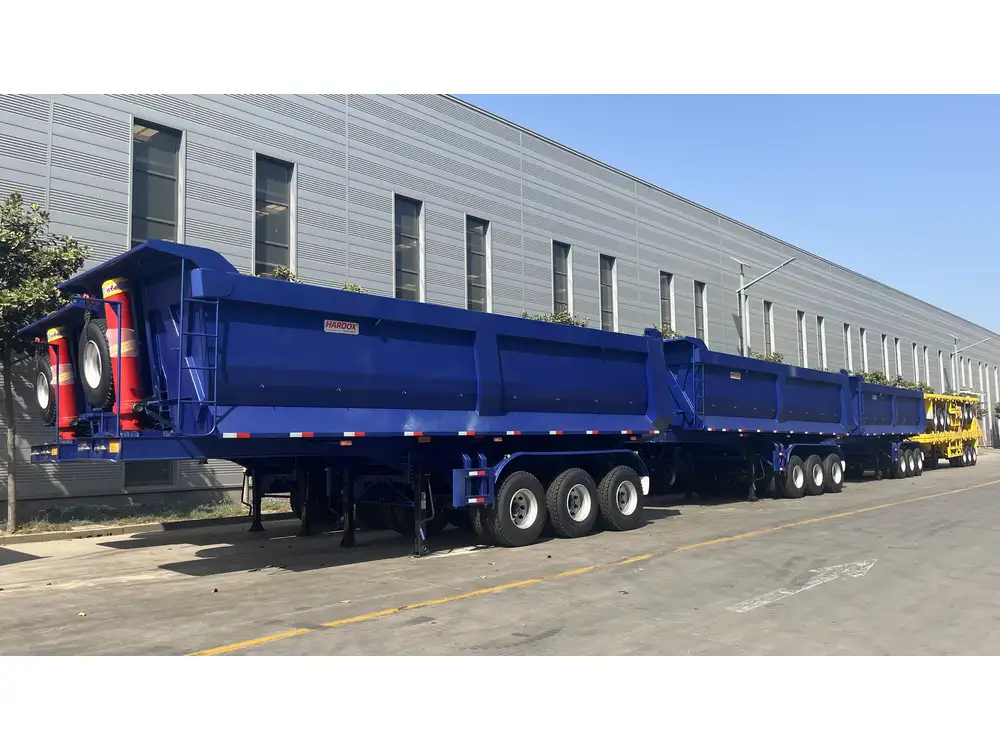
2. Water Tanker Trailers
Water tanker trailers are designed to carry potable water and various other liquids. Their capacities can vary based on intended use.
| Type | Gallons | Typical Uses |
|---|---|---|
| Agriculture Tanker | 1,000 – 4,000 | Irrigation, livestock watering |
| Firefighting Tanker | 1,000 – 3,000 | Emergency response, fire control |
| Multi-purpose Tanker | 500 – 3,500 | Construction, road maintenance |
3. Chemical Tanker Trailers
Chemical tanker trailers are engineered to transport hazardous and non-hazardous chemicals. Their design and capacity reflect the need for safety and compliance with regulatory standards.
| Type | Gallons | Features |
|---|---|---|
| Non-pressure Tankers | 5,000 – 6,500 | Designed for non-hazardous liquids |
| Pressure Tankers | 5,000 – 10,000 | Equipped to handle high-pressure contents |
Factors Influencing Tanker Trailer Capacities
The capacity of a tanker trailer is influenced by various factors, such as dimension regulations, material construction, and intended use. Let’s explore these factors in detail.

Dimensional Regulations
Each state in the U.S. has specific regulations regarding trailer dimensions. As a result, the maximum allowable length and width impacts the number of gallons a tanker can carry. For instance, most states permit a maximum width of 8.5 feet for highway travel, affecting the overall tank design.
Types of Material Used
The material from which the tanker trailer is constructed can also affect its capacity. Most tankers are made from:
- Aluminum: Lightweight and corrosion-resistant, aluminum tankers can transport liquids effectively while maximizing payload.
- Steel: Provides greater durability, but heavier, potentially reducing the amount of liquid that can be carried.
Tanker Configuration
Tanker trailers can be configured in different ways, including:
- Dedicated: A design specific to a single substance type, optimizing space and safety.
- Multi-compartment: Suitable for transporting different products simultaneously, thus influencing overall capacity based on internal design.
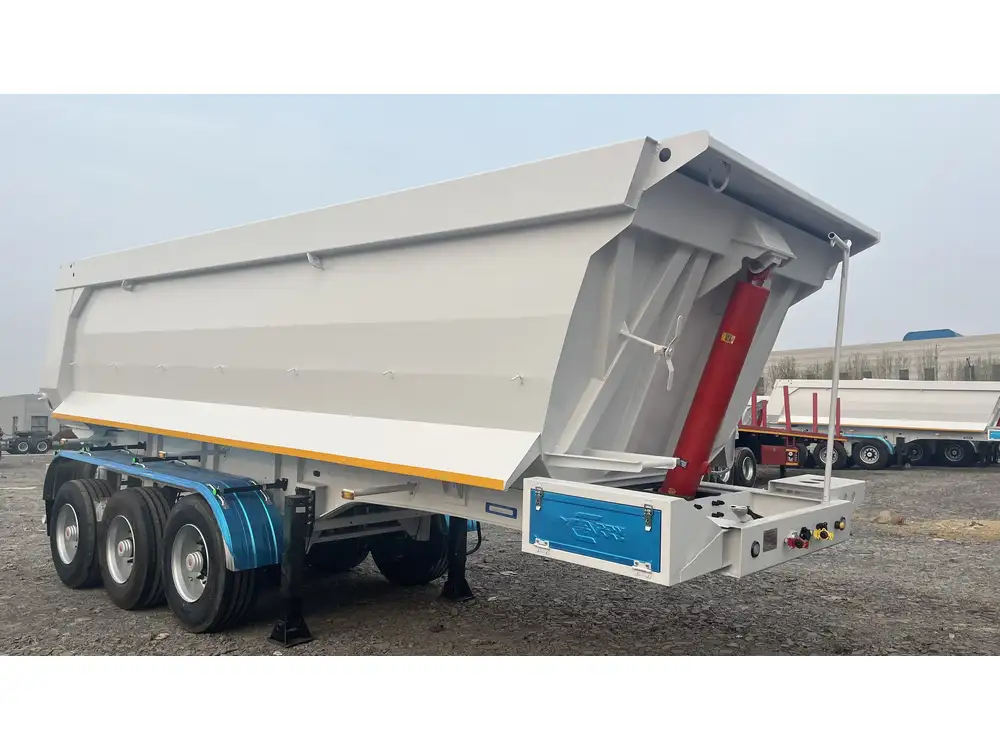
Understanding Gallon Capacity in Practical Terms
While knowing how many gallons a tanker can hold is essential, understanding practical applications can provide deeper insights. Below, we outline examples of various industries that utilize tanker trailers and how capacity plays a crucial role.
1. Fuel Transportation
In the fuel industry, the size of the tanker often determines how efficiently fuel can be distributed. Fuel tankers often carry between 5,000 to 11,600 gallons, which directly correlates to the frequency of deliveries, costs, and operational efficiency.
Example:
A local fuel distributor using a tri-axle tanker with a capacity of 10,000 gallons may find that its operational efficiency improves when servicing numerous sites due to reduced trip frequencies.
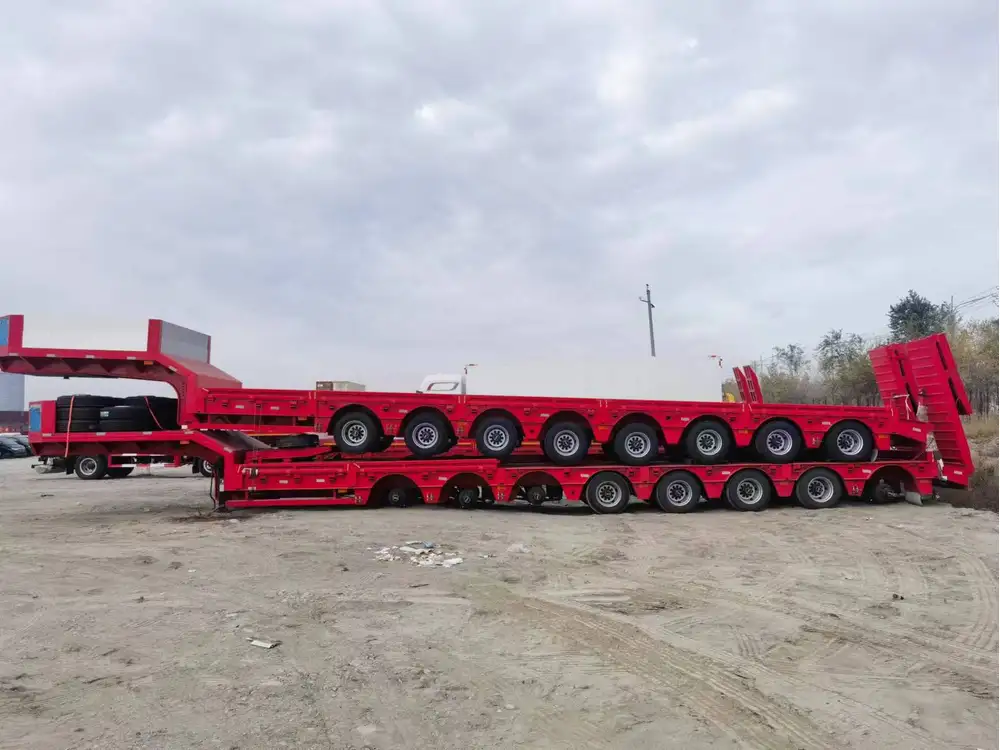
2. Agricultural Applications
For agriculture, water tanker trailers help distribute water for irrigation. The size of these tankers can significantly influence crop yield, especially in areas experiencing drought.
Example:
A farmer with a 3,000-gallon water tanker can adequately service a 10-acre field, ensuring that crops receive sufficient water without excessive trips.
3. Firefighting Services
Firefighting tankers vary in size but often carry between 500 to 3,000 gallons of water. An understanding of their capacities can dictate how fire services plan emergency responses in rural areas.
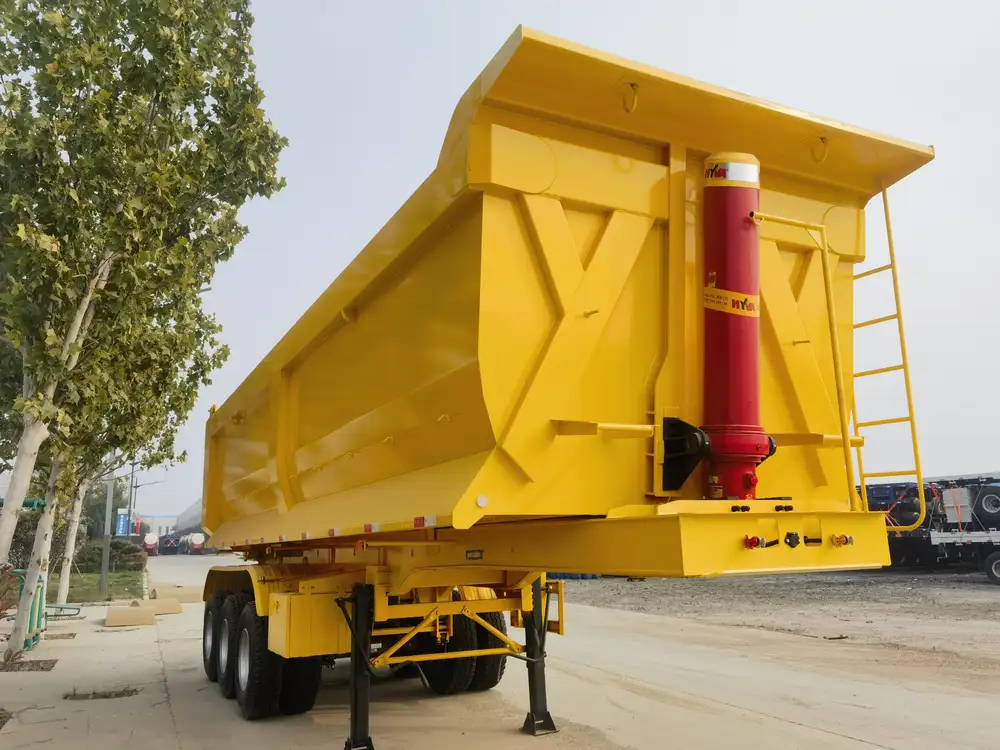
Example:
Utilizing a 1,000-gallon firefighting tanker allows quicker response times, especially in remote locations where hose deployments may take longer without adequate water supply.
Calculating Payloads and Legal Considerations
When discussing capacities, it’s essential to understand payload calculations and the legal requirements surrounding them, as overloading a tanker can lead to fines and safety issues.
Payload Examples
For example, if you have a tanker trailer with a capacity of 10,000 gallons of diesel fuel (which weighs approximately 7.1 pounds per gallon), here’s how to calculate the payload:
[ \text{Total Weight} = \text{Volume (gallons)} \times \text{Weight per gallon (lbs)} ] [ \text{Total Weight} = 10,000 \text{ gallons} \times 7.1 \text{ lbs/gallon} = 71,000 \text{ lbs} ]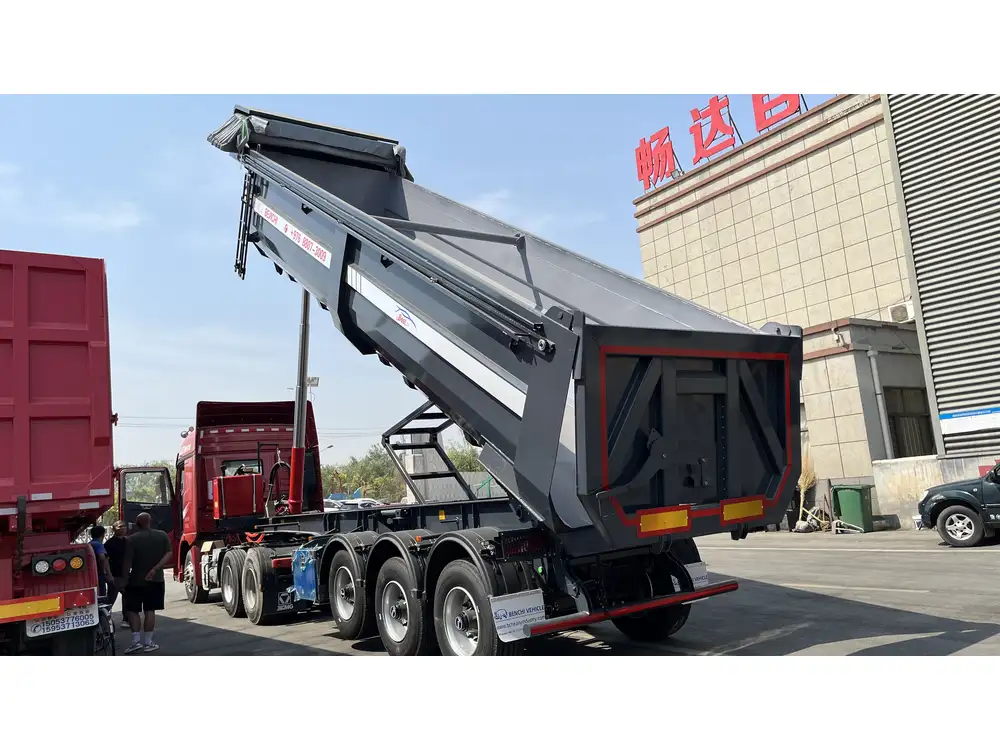
Legal Weight Limits
Federal and state regulations often stipulate weight limits for highway travel. For example, the maximum gross vehicle weight for a tri-axle configuration might not exceed 80,000 pounds, influencing the valid capacity of the tanker on the road.
| Federal Weight Limits | Typical Gross Weight |
|---|---|
| Gross vehicle weight limit | 80,000 lbs |
Industry Trends and Future Outlook
1. Increased Demand for Specialized Tankers
With the rise in e-commerce and varied product demands, industries are investing in specialized tankers to cater to unique transportation needs.
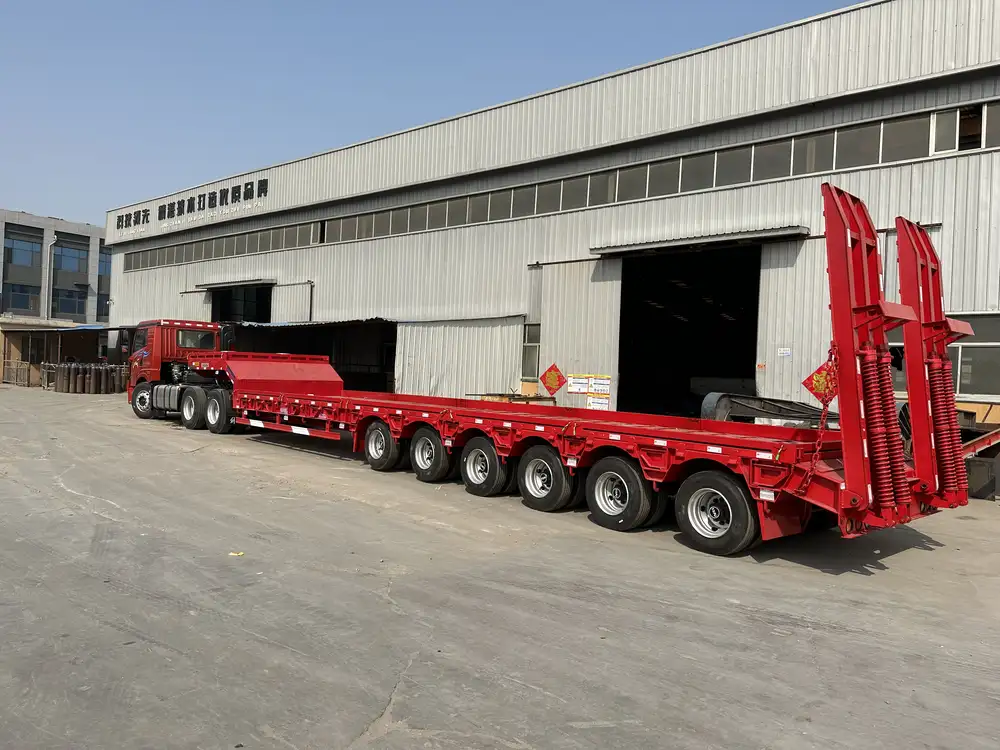
2. Eco-Friendly Designs
There is a discernible trend towards eco-friendly tanker designs, focusing on reducing carbon footprints and enhancing fuel efficiency.
3. Safety Enhancements and Regulations
As the industry evolves, so do safety regulations. The introduction of new safety standards and technology is helping ensure safer transport of hazardous materials.
Conclusion
Understanding the capabilities and specific uses of various tanker trailers—coupled with their capacities expressed in gallons—empowers businesses to make informed decisions regarding transportation efficiency and costs. By grasping the nuances of factor influences, payload calculations, and legal stipulations, stakeholders can maximize their operational effectiveness in a competitive environment.
For those needing tailored solutions in tanker trailers, whether for fuel, water, or chemicals, our commitment to quality manufacturing ensures that your logistics and distribution needs are met with precision and reliability. Let’s drive your business forward.



